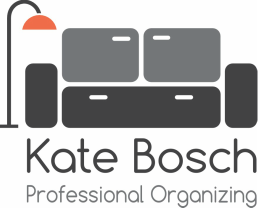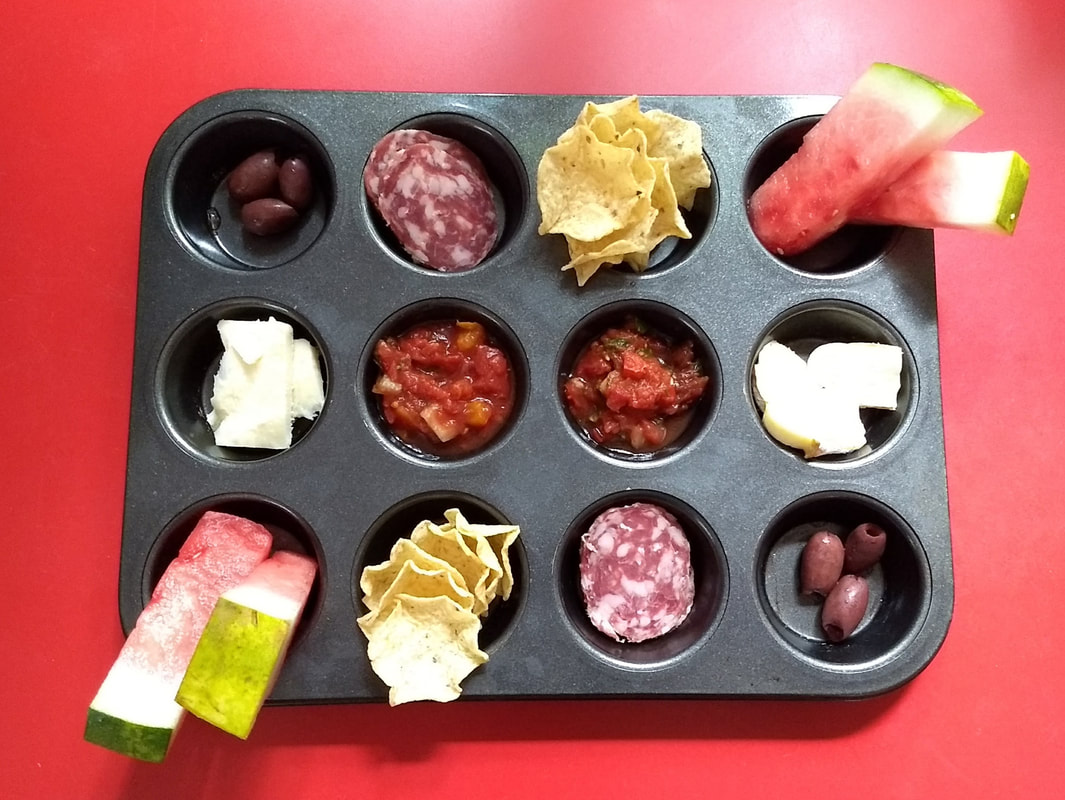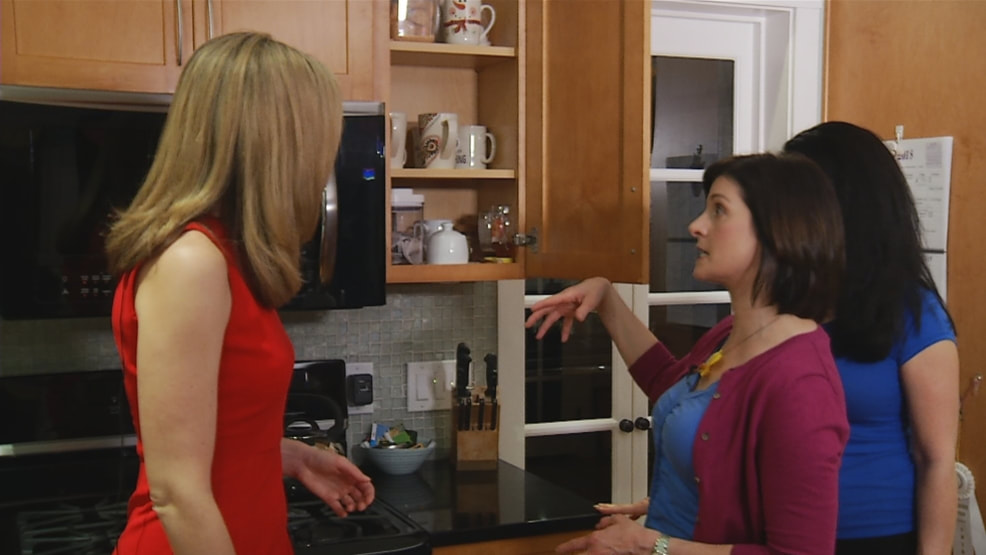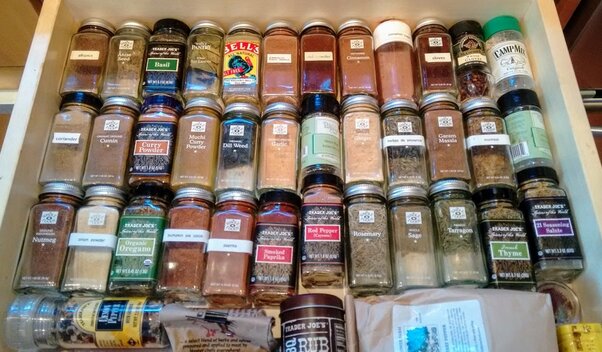|
Eggs are one of the great products that come to us already nestled into perfectly organized, sturdy-yet-gentle, recyclable, reusable containers.*
So why do refrigerator companies and stores that sell organizing supplies try to convince us that we need to buy rigid plastic (non-recyclable) "egg organizer" containers into which we must transfer our already-contained eggs? So, you get home from the grocery store and then have to transfer each little egg into a hard plastic container (careful not to break it!) just to put them into your fridge? What if you still had a few eggs left so the new dozen doesn't completely fit? Do you have to buy a second plastic egg bin?
3 Comments
It's nearly back-to-school time, so be sure to check out some of my previous posts about that (like this one, this one, and this one). In the meantime, don't forget to enjoy the last gasp of summer with fun tips like this one! Here’s a quick and organized way to serve lunch to your kids. When my kids were little (and occasionally even now that they’re bigger), they loved the surprise of a muffin-tin lunch. The novelty of having several different foods in separate little compartments got them to try new things and to eat a more balanced meal.
After all, who doesn't like cute, tiny food and meals that give you a taste of everything? We grownups just call it tapas! You can put all kinds of things in the tins, but it works best for two kids (or as a snack for 3-4, dividing the holes by row) with each child getting 6 muffin holes-worth of food. Pictured here is a lunch of salami, tortilla chips and salsa, Kalamata olives, cheddar cheese, and watermelon spears. Other cute ideas are mini-salads, trail mix, crackers and cheese, nuts, beans, dried fruit, baby pickles, sandwich bites, whatever will fit. Even small servings of soup, pudding, or mac & cheese will work. Let your creative juices flow and see how excited your kids will be to eat lunch! 1-2-3: Now's the time to air out your kitchen and do a deep cleaning! You can either do this all at once in a one-day marathon cleaning session, or do it in pieces: fridge, freezer, pantry, and a few cabinets or drawers at a time.
Stainless steel appliances are great looking, except when they get all those smudges and fingerprints on them. Instead of buying expensive cleaning products with harsh chemicals, try this easy recipe: mix equal parts rubbing alcohol and baby oil (mineral oil). If you can find it, try lavender scented baby oil for a fresh fragrance. Each time you use it, shake it up to mix it (just like salad dressing) and then dab it onto a microfiber or other soft cloth and swipe it across your stainless steel surfaces for an instant clean!
A quick tip for keeping your spices organized: alphabetize them!
If you have the space, it’s great to keep spices in a shallow drawer, making it easy to line them up alphabetically so they’re a cinch to find. As you can see from the photo, I love square spice jars because they don’t roll around. Don’t have a spice drawer? Try a rack that fits on the inside of a cabinet door (click here to see some). This will still keep all the spices visible (rather than when they’re stacked in a cabinet or on a lazy Susan) and also keeps them away from the heat of the stove, which leaches the flavor out of them. Alternatively, if alphabetizing doesn’t make sense for the way your brain is organized, you can group spices by category. For example, make a row of baking spices (allspice, cinnamon, clove, ginger, nutmeg, etc.), a row of Italian spices (bay leaves, basil, pepper flakes, oregano, rosemary, etc.), a row of French spices (chives, dill, fennel, tarragon, thyme, etc.), and a row of your favorite go-to spices. Have fun organizing your spices this week. Don’t forget to throw away any that are past their prime (Sniff them – if they have no odor, they have no flavor.) and don’t forget to use them to add extra zest to the next dish you cook! As I was writing about freezer organization last week, I started thinking of some of the many ways you can use your freezer as a shortcut to help with meal preparation. Here are a few ideas.
1. A hot breakfast from your freezer. If your morning is rushed but you like a hot breakfast, create a grab-and-go breakfast area in your freezer. You can freeze oatmeal (with fruit, canned pumpkin, spices, whatever you like already added), breakfast sandwiches or burritos, and mini frittatas or quiches made in muffin tins. Reheat in the microwave for an instant hot breakfast. Be sure to read my previous posts, Refrigerator Organization Part 1 and Part 2!
Is your freezer a big mess? When you reach in to grab something, do you wonder what it is and how long it has been in there? Help is on the way! First things first, your freezer should be set to 0°F. I once had an argument (spirited discussion?) with someone who insisted that the freezer could be set at 32°F because that’s the temperature at which water freezes. I guess that would be fine if all you stored in your freezer was ice, but the freezing point of many things is lower than 32°F, which is why my ice pops (sugar water) were still liquid in the 32°F freezer. Even if food freezes solid at a higher temperature, keeping your freezer at 0°F slows the food’s deterioration so much that it can keep for months or even a year (though taste might suffer). Unlike the fridge, which requires good air circulation to maintain temperature, the freezer likes to be full. All those frozen-solid foods packed together help the freezer stay at temperature more efficiently. Be sure to read my last blog post for Part 1, the first steps in getting your fridge organized.
How do you keep the fridge tidy and make it easy to find things? Follow these steps. 1. Always start by de-cluttering: remove the excess. Do this by taking everything out of the fridge section by section, throwing out expired food or items you know you’ll never eat (condiments, unappealing leftovers), and cleaning the shelves as you go. A microfiber cloth with plain water or water and white vinegar works perfectly and won’t introduce toxic cleaners to the place where your food is stored. 2. Group like with like. Do this in terms of both use/type of item and size, so you can arrange the shelf heights to match the items. For example, put all salad dressings and tall condiments like soy sauce together in one door shelf and put short condiments like mustard, olives, and jam or jelly together in another. Today’s blog is a request by my friend Renee who wants ideas about how to organize the fridge. I’m going to break it into three posts, so be sure to check back here for the next two weeks to get your fridge in tip-top shape.
How do you organize the refrigerator? It’s not so different from organizing other things like desk drawers and bookshelves. The tricky part is that the contents of the fridge are always shifting as you use things up and buy new things. With Thanksgiving fewer than two weeks away, it's time to whip your pantry, fridge, and freezer into shape.
You'll need to make space for the holiday staples you'll stock up on, the cookies you'll freeze, and the leftovers the big meals create. This is the perfect time to use up all those items that might be close to their expiration dates or those canned goods you bought thinking, "This might be good to have on hand." Step 1: Quickly sort through your fridge and pantry, tossing anything that's past the expiration date. Check those condiments! Step 2: Get creative and come up with meals based on whatever is left that you want to use up. Sites like Allrecipes and Supercook that allow you to search for recipes based on ingredients you have can be a big help. For the next week or so, try to shop only for perishables (e.g. milk, eggs, vegetables) to round out the meals that you'll make with all those pantry finds. |
Categories
All
Archives
July 2024
|
|
Copyright © 2024 Kate Bosch Professional Organizing LLC
|
Providence, Rhode Island | 401-699-4878
|





 RSS Feed
RSS Feed